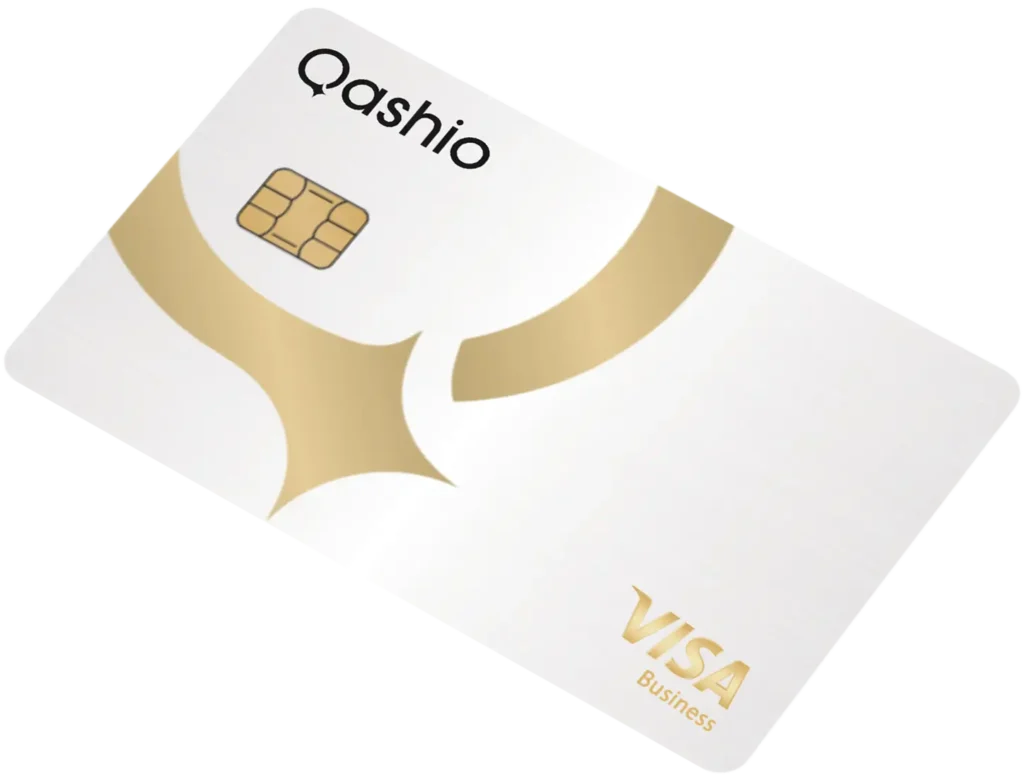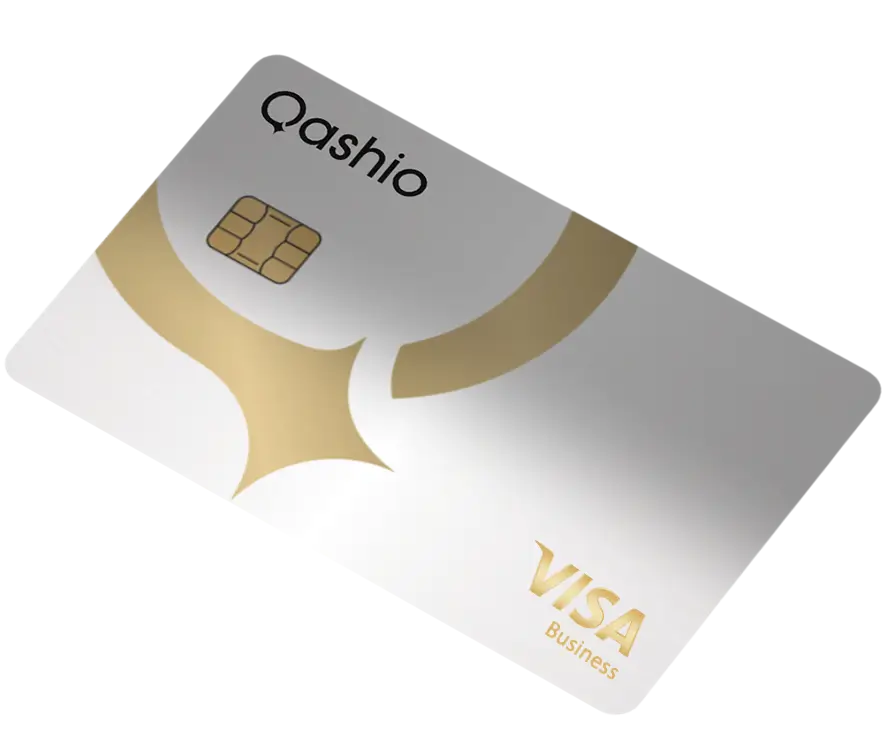A year-end accounting checklist can help your business save time on your accounting tasks by enabling you to close your books faster and more efficiently.
Whether you conduct business in the UAE or elsewhere globally, it’s wise to take proactive steps like creating an efficient accounting checklist. An organized approach to your year-end closing ranks among the top accounting best practices your business should follow.
Without a working checklist, the complicated task of conducting a year-end closing may result in your business scrambling at the last minute and potentially missing important information. These mistakes and errors during your year-end accounting procedures could result in huge costs or potential legal penalties.
A checklist ensures that your business avoids these pitfalls, closes the year out properly, and begins the next fiscal year on solid footing. Our comprehensive checklist offers essential items and helpful tips for closing your company’s books at year’s end.
What should be on an accounting year-end checklist?
As you organize your accounting year-end checklist for your business, consider including the following ten items in your year-end closing procedures.
- Create a workable closing schedule
- Gather all necessary documents and materials
- Prepare documents: balance sheet, income statement, and cash flow statement.
- Review and close out Accounts Receivable and Payable
- Accrue Accounts Receivable and Payable
- Review accounts associated with assets
- Reconcile all transactions
- Record grants and entitlements
- Prepare tax documents
- Evaluate and set next year’s goals and budget
Create a Closing Schedule
The first step in organizing your year-end closing process begins with creating a schedule of events and deadlines. This overview can help you prioritize more urgent activities.
List and identify activities to be completed with the corresponding date. Next, submit these dates into a shareable calendar. Automated reminders can help keep your accounting team on track.
It’s important to note that the fiscal or accounting year may not necessarily coincide with the calendar year in every country.
However, in the United Arab Emirates (UAE), the fiscal year ends on December 31st and begins on January 1st. All accounting closings must be final after the calendar year.
Gather Documents and Materials
Take time to gather all invoices and receipts. These documents allow you to close properly for the year. Make sure you allow time for employees to provide you with this information.
Automated software can significantly speed up this process by having all information a click away. Also, make sure to create a backup file in the event these documents become compromised or destroyed.
Important Documents and Materials
- Reports from Payroll
- Tax Information
- Statements from banks and credit cards
- Inventory statistics
- Information on Loans
- Merchant financial records
Prepare Documentation
The three crucial accounting documents to prepare include a balance sheet
income statement, and cash flow statement.
Balance Sheet
A balance sheet offers you an overview of your company’s financial position over a set period of time. It lists liabilities and equity, which should equal your company’s assets. Additionally, it gives information about your company’s cash flow.
Income Statement
This profit-and-loss statement lists all your business’s revenues and expenses within a certain period. It reveals your company’s profitability and establishes a bottom line.
Cash Flow Statement
This statement provides information on how much cash flows into and out of your company. It establishes whether your company is earning or losing money. This data offers insights into your company’s potential cash flow for the next year.
Review and Close Out Accounts Receivable and Accounts Payable
First, take time to review both your Accounts Receivable and Accounts Payable. Look for unsettled collections and debts that you can close out. Also, check that you have all invoices and follow up with missed payments.
Accrue Accounts Receivable and Accounts Payable
You will need to add outstanding receivables as credits on the income statement and debits on the balance sheet. For accounts payable, list unpaid debts as liabilities on the balance sheet.
Review Asset Accounts
Make an inventory report of how much capital you have in assets. Also, create an analysis of physical stock that did not sell. Use this information to determine the value of the assets your company owns.
Reconcile All Transactions
Double-check that every transaction is accurately recorded. Look over bank statements, credit card statements, all receipts, and invoices.
Record Grants and Entitlements
This income must be recorded if your company received private or public grants, entitlements, tax exemptions, or other government funding during the fiscal year.
Prepare Tax Documents
Ensure all tax documents are accurate and up-to-date. Look for opportunities to save your company money by changing tax brackets or using other tax-reducing strategies.
Evaluate and Set Next Year’s Goals and Budget
Finally, start the new year by positioning your business for success. After going through this checklist, you should have a clear overview of your company’s financial situation, including successes and challenges. Use this valuable information to plan for your company’s future.
Accounting Practices in the United Arab Emirates
In The United Emirates, the International Financial Reporting Standards (IFRS) regulates and organizes the financial and accounting framework. This institution provides guidelines and rules within a standard accounting system. The Central Bank of the UAE, in cooperation with the Securities and Commodities (SCA), created the IFRS by decree.
Different Types of Accounting Practices in the UAE
Accounting practices in the UAE encompass the following five practices.
- Financial accounting
- Cost accounting
- Forensic accounting
- Management accounting
- Tax accounting
What are important documents for UAE accounting practices?
Important documents for UAE and the IFRS include the following items.
- Balance sheet
- Income statement
- Cash flow statement
- Shareholders Equity Statement
Shareholders Equity Statement
In addition to the balance sheet, the income statement, and the cash flow statement, the UAE requires documentation of a shareholder’s equity statement.
This statement offers information about your company’s equity accounts over a set duration. It provides details regarding transactions and dividends.
Learn How Qashio Can Save Your Business Time
Consolidating all your business spending can save your business valuable time during during monthly, quarterly and year-end closing. Reach out to one of our specialists today to learn how Qashio can help your business.

